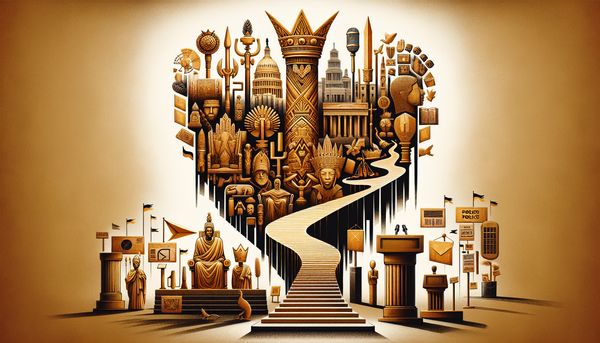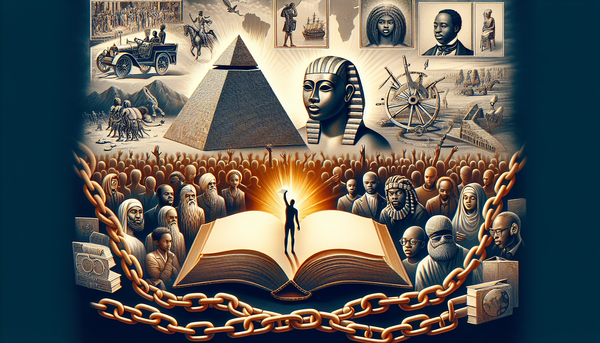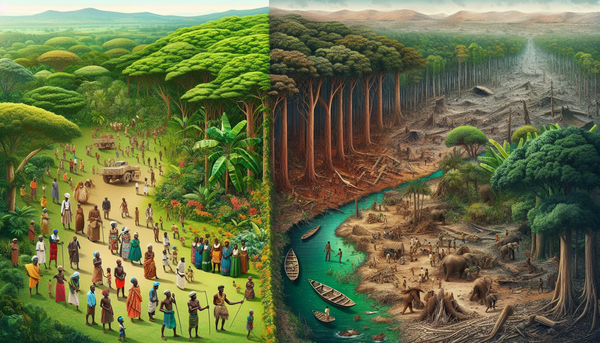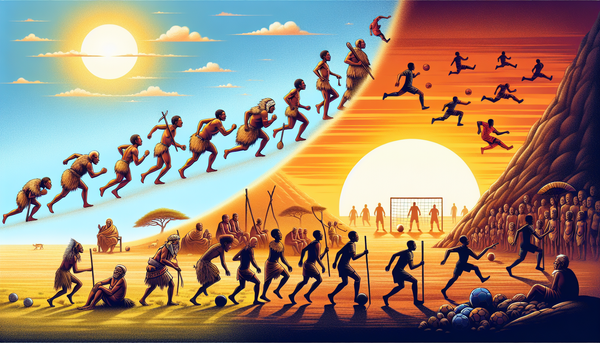Top 5 most powerful gods of egypt
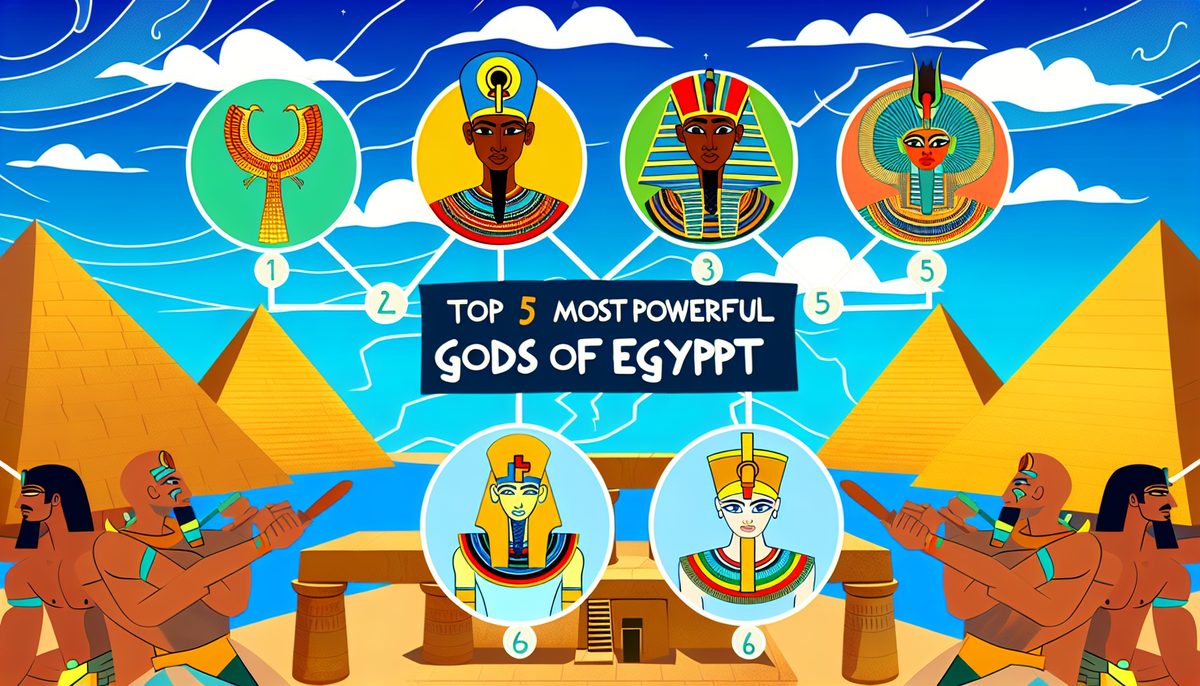
Introduction to Ancient Egyptian Deities and Their Significance
Ancient Egyptian civilization, one of the most fascinating cultures in human history, was deeply intertwined with its pantheon of gods and goddesses. These deities were not merely supernatural beings; they shaped every aspect of daily life and the afterlife for the ancient Egyptians. The gods represented natural forces, human emotions, and societal ideals, embodying everything from love and fertility to chaos and justice.
The significance of these deities extended beyond religious practices and rituals. They were at the center of governance, with pharaohs often depicted as living gods on Earth, tasked with maintaining maat, or cosmic order. Temples dedicated to various gods acted as vital institutions for both spiritual and economic activities, serving as centers for worship, commerce, and administration.
Each deity had distinct attributes, symbols, and myths that communicated valuable lessons and cultural values. Through inscriptions, artistic representations, and literature, the ancient Egyptians conveyed not only their beliefs but also their understanding of the universe and humanity's place within it. This complex system of divine beings reflects the richness of Egyptian culture, making it essential to explore the most powerful gods who wielded influence over both the mortal realm and the afterlife.
Analysis of Amun-Ra: The King of the Gods
Amun-Ra stands as one of the most significant deities in ancient Egyptian mythology, epitomizing the fusion of two powerful gods: Amun, the hidden one, and Ra, the sun god. This union highlights Amun-Ra’s dual nature, representing both the visible and invisible elements of existence. Revered as the "King of the Gods," Amun-Ra played a crucial role in the creation myth, symbolizing the primordial force that preceded all creation.
Worshipped primarily in Thebes, Amun-Ra was commonly depicted as a man with a ram's head or a solar disk, signifying his association with both fertility and the sun. His cult gained immense popularity during the New Kingdom, as pharaohs sought his favor to legitimize their reigns. Temples, such as the grand Karnak Temple, were constructed in his honor, becoming centers for political and religious life.
Amun-Ra's significance extended beyond the physical realm; he was believed to grant the pharaoh divine protection and guidance, ensuring the maintenance of ma'at, or cosmic order. His influence permeated various aspects of Egyptian society, including art, literature, and governance, solidifying his position as a central figure in the ancient Egyptian worldview and reflecting the society’s values, beliefs, and aspirations.
Exploration of Osiris: God of the Underworld and Resurrection
Osiris is one of the most prominent deities in ancient Egyptian mythology, revered as the god of the afterlife, resurrection, and regeneration. Typically depicted as a mummified man adorned with a white crown and holding a crook and flail, Osiris embodies the ideals of life, death, and rebirth. His narrative is fundamental to Egyptian beliefs about the afterlife, reflecting a society that deeply valued eternal life.
The myth of Osiris centers around his tragic death at the hands of his brother Seth, the god of chaos. Following his murder, Osiris was resurrected by his wife, Isis, who used her magical abilities to bring him back to life. This act not only established Osiris as the ruler of the underworld but also symbolized the eternal cycle of life, death, and regeneration—a concept that resonated with the agrarian society of ancient Egypt, which observed the annual flooding of the Nile and the rebirth of crops.
Osiris's resurrection story granted hope of permanence to the Egyptian people, influencing funerary practices and beliefs about the afterlife. As the judge of the dead, his presence in the Hall of Two Truths determined the fate of souls, solidifying his role as a crucial figure in the spiritual landscape of ancient Egypt.
Insights into Isis: Goddess of Magic and Motherhood
Isis, one of the most venerated deities in ancient Egyptian mythology, represents the dual themes of magic and motherhood, embodying the essence of nurturing and transformation. Often depicted as a woman with a throne-shaped crown and sometimes accompanied by a cow, she symbolizes fertility, protection, and healing. Her character reflects the vital role women played in ancient Egyptian society, where motherhood and caregiving were highly esteemed.
Central to the myth of Osiris, Isis’s devotion to her husband illustrates her strength, intelligence, and resourcefulness. After Osiris was murdered by his brother Seth, Isis undertook a heroic journey to retrieve his body and used her magical powers to resurrect him, emphasizing her role as a powerful sorceress. This act not only restored life to Osiris but also established her as a protector of the pharaohs.
Worshipped in numerous temples across Egypt, Isis’s influence transcended time and geography, with her veneration spreading to the Greco-Roman world. She became a symbol of motherhood, and her image was often used in funerary art to offer protection to the deceased. Through her multifaceted nature, Isis encapsulates the complex interplay of strength and vulnerability, making her a timeless figure in the pantheon of ancient Egyptian deities.
Examination of Horus: The Sky God and Protector
Horus, one of the most important and complex deities in ancient Egyptian mythology, is primarily known as the sky god and a symbol of kingship and protection. Often depicted as a falcon or as a man with a falcon's head, Horus embodies the divine right of pharaohs to rule. His eye, known as the "Eye of Horus," symbolizes protection, royal power, and good health, making it a powerful amulet for the ancient Egyptians.
The mythology surrounding Horus is rich and intricate, particularly his conflict with Seth, the god of chaos. Following the murder of his father, Osiris, Horus embarked on a quest for vengeance, ultimately battling Seth to reclaim his rightful place as ruler. This struggle represents the eternal conflict between order and chaos, a central theme in Egyptian belief.
As the patron deity of the pharaohs, Horus was seen as their divine protector, ensuring their legitimate rule and safety. His significance extended into the afterlife, where he guided souls through the perilous journey toward resurrection. Worshipping Horus was key to asserting the authority of the living pharaohs, making him a cornerstone of Egyptian religion and culture, reflecting the society's values of justice, loyalty, and the maintenance of cosmic order.
Study of Seth: God of Chaos and Change
Seth, also known as Set, is one of the most enigmatic and intriguing deities in ancient Egyptian mythology, often associated with chaos, disorder, and storms. Typically depicted as a man with the head of a mysterious animal, often referred to as the "Set animal," Seth embodies qualities that are both feared and revered. As the god of chaos, he represents the unpredictable forces of nature and the existential challenges that confront both mortals and gods alike.
The narratives surrounding Seth are deeply intertwined with the themes of conflict and duality; he is best known for his rivalry with his brother Osiris and nephew Horus. After murdering Osiris, Seth becomes a symbol of jealousy and corruption, challenging the established order represented by Horus. This conflict culminates in a series of epic battles that illustrate the continual struggle between order and chaos, a fundamental aspect of Egyptian cosmology.
Despite his negative connotations, Seth was also recognized for his role in change and necessary disruption, which were perceived as essential for renewal and growth. His complex nature reflects the nuances of life itself, emphasizing that chaos can lead to transformation. As such, Seth’s mythology enriches the ancient Egyptian understanding of the universe, revealing the delicate balance between creation and destruction.
Overview of Ptah: Creator God and Patron of Craftsmen
Ptah, revered as the creator god in ancient Egyptian mythology, embodies the principles of creation, craftsmanship, and divine intellect. Often depicted as a mummified man holding a scepter, Ptah is primarily associated with the city of Memphis, which was a vital center for worship and craftsmanship. His role as a singular creator god positions him at the heart of Egyptian cosmology, where he is believed to have conceived the universe through thought and spoken word.
In many creation myths, Ptah is credited with bringing all things into existence through his powerful speech, emphasizing the significance of language and intellectual creation. This notion of creation underscores the belief that the gods were not only involved in physical manifestations but also in the conceptual and spiritual dimensions of existence.
As the patron of craftsmen and builders, Ptah was revered by artisans and sculptors who sought his guidance and blessing in their work. Temples dedicated to him often served not only as places of worship but also as centers of artistic production. Through his multifaceted nature, Ptah highlights the ancient Egyptians' appreciation for creativity and skill, celebrating the connection between divine inspiration and human craftsmanship, and reinforcing the cultural value placed on artistry and innovation.
